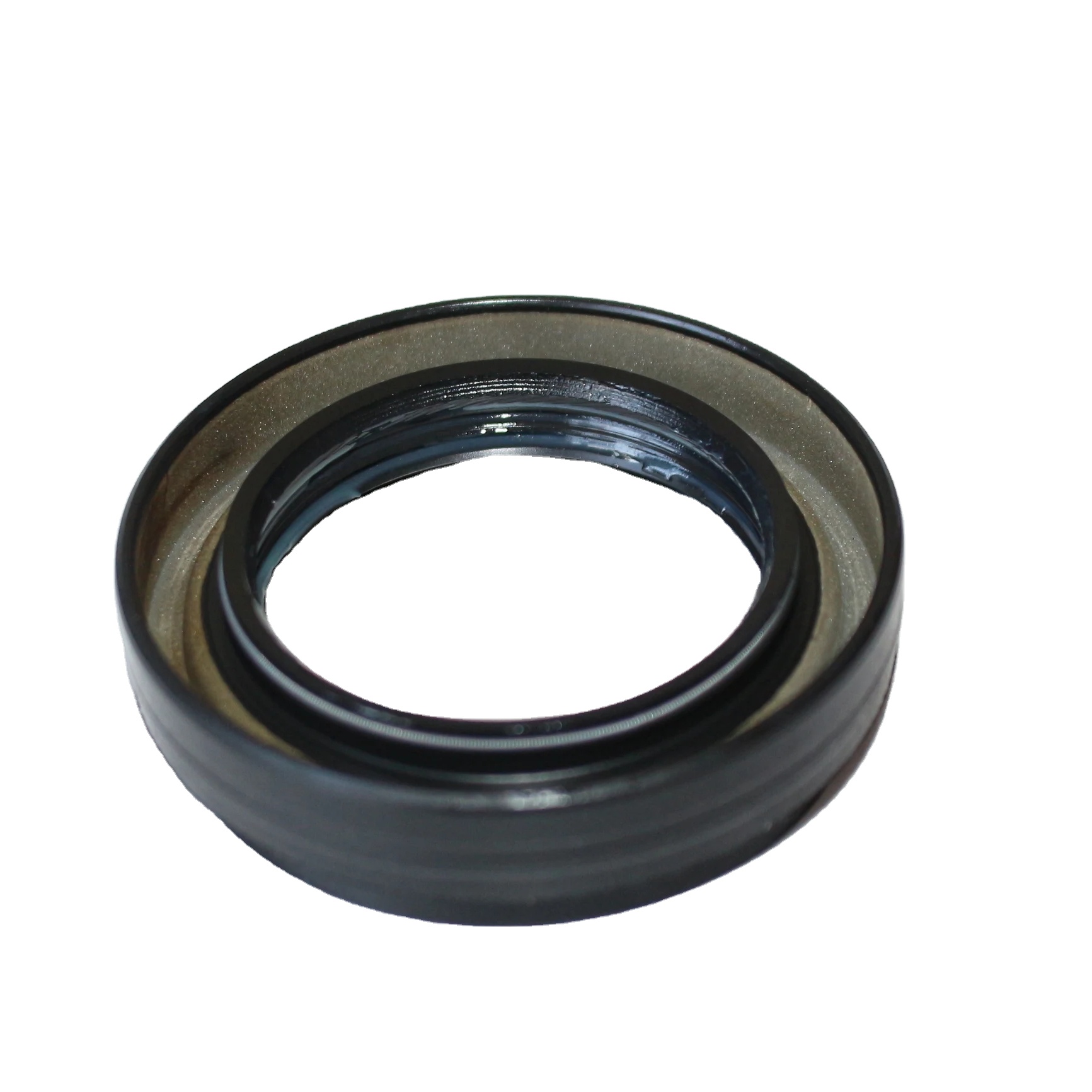Auto spare parts Crankshaft Seal 038103171


The distributor or retailer's pricing strategy further contributes to price fluctuations. Retailers who maintain substantial overheads may charge more for the same product compared to an online platform. However, online shopping poses the challenge of verifying authenticity. Always ensure you are purchasing from a reputable online store that provides guarantees or return policies to safeguard against counterfeit products. Region-specific factors also play a crucial role. In areas where automotive manufacturing or repair industries are prevalent, competition tends to lower prices. Conversely, in regions with fewer suppliers, the demand-supply gap might increase costs. It's prudent to explore multiple purchasing avenues, including local auto shops and international suppliers, to find the most cost-effective solution. Installation costs should not be overlooked while considering the price of a crank oil seal. While some might attempt a DIY approach to save money, professional installation is often recommended. This ensures that the seal is correctly fitted and functions optimally, averting premature wear or subsequent mechanical issues. Consulting with a certified mechanic beforehand can provide a clearer understanding of any potential installation-related expenses. Lastly, current economic conditions, such as inflation and supply chain disruptions, impact crank oil seal prices. Heightened demand for automotive parts combined with logistic constraints can lead to temporary price surges. Staying informed about market trends and economic forecasts can aid in strategic purchasing, potentially capitalizing on cost-saving opportunities. In conclusion, while the initial cost of a crank oil seal might seem straightforward, numerous factors contribute to its price. Understanding these can empower consumers to make informed, cost-effective choices without compromising on quality or performance. Recognizing the importance of authenticity, compatibility, and comprehensive after-sale support ensures a smooth and satisfactory purchasing experience, ultimately safeguarding your vehicle's performance and longevity. Always aim to balance between price and reliability, with an eye on future savings achieved by selecting the right product initially.
-
Simplifying Oil Changes: A Comprehensive Guide to Oil Drain Plugs and Their Variants
News Aug.04,2025
-
Mastering Oil Drain Maintenance: Solutions for Stripped, Worn, and Upgraded Oil Plugs
News Aug.04,2025
-
Fixing Oil Pan Plug Issues: Leaks, Stripped Nuts, and the Right Replacement Solutions
News Aug.04,2025
-
Everything You Need to Know About Oil Drain Plugs: Sizes, Fixes, and Upgrades
News Aug.04,2025
-
Choosing the Right Oil Drain Plug: A Guide to Sizes, Materials, and Drain Innovations
News Aug.04,2025
-
A Complete Guide to Automotive Drain Plugs: Types, Problems, and Innovative Solutions
News Aug.04,2025
-
The Ultimate Guide to Car Repair Kits: Tools and Essentials Every Driver Should Own
News Aug.01,2025
Products categories















